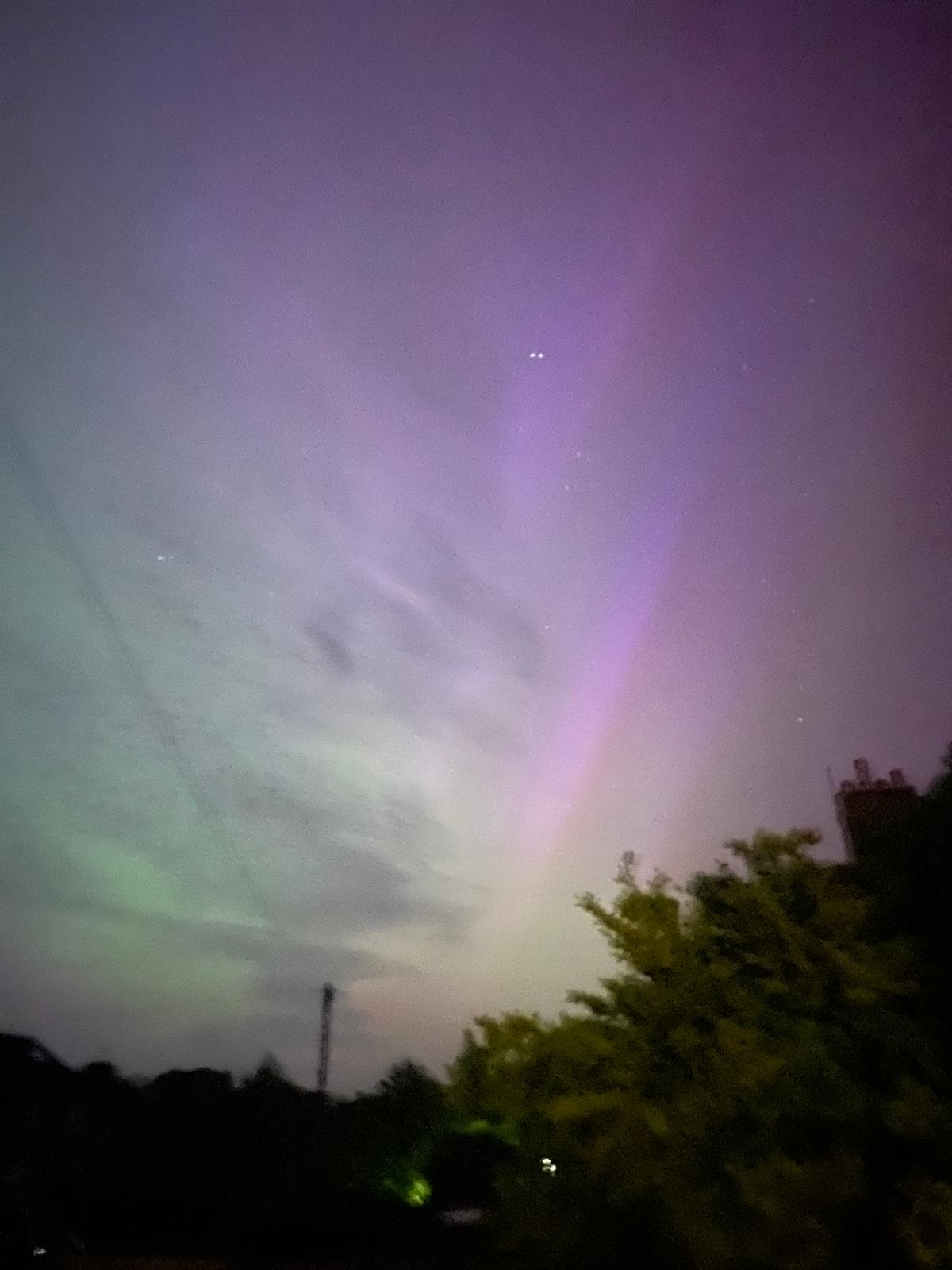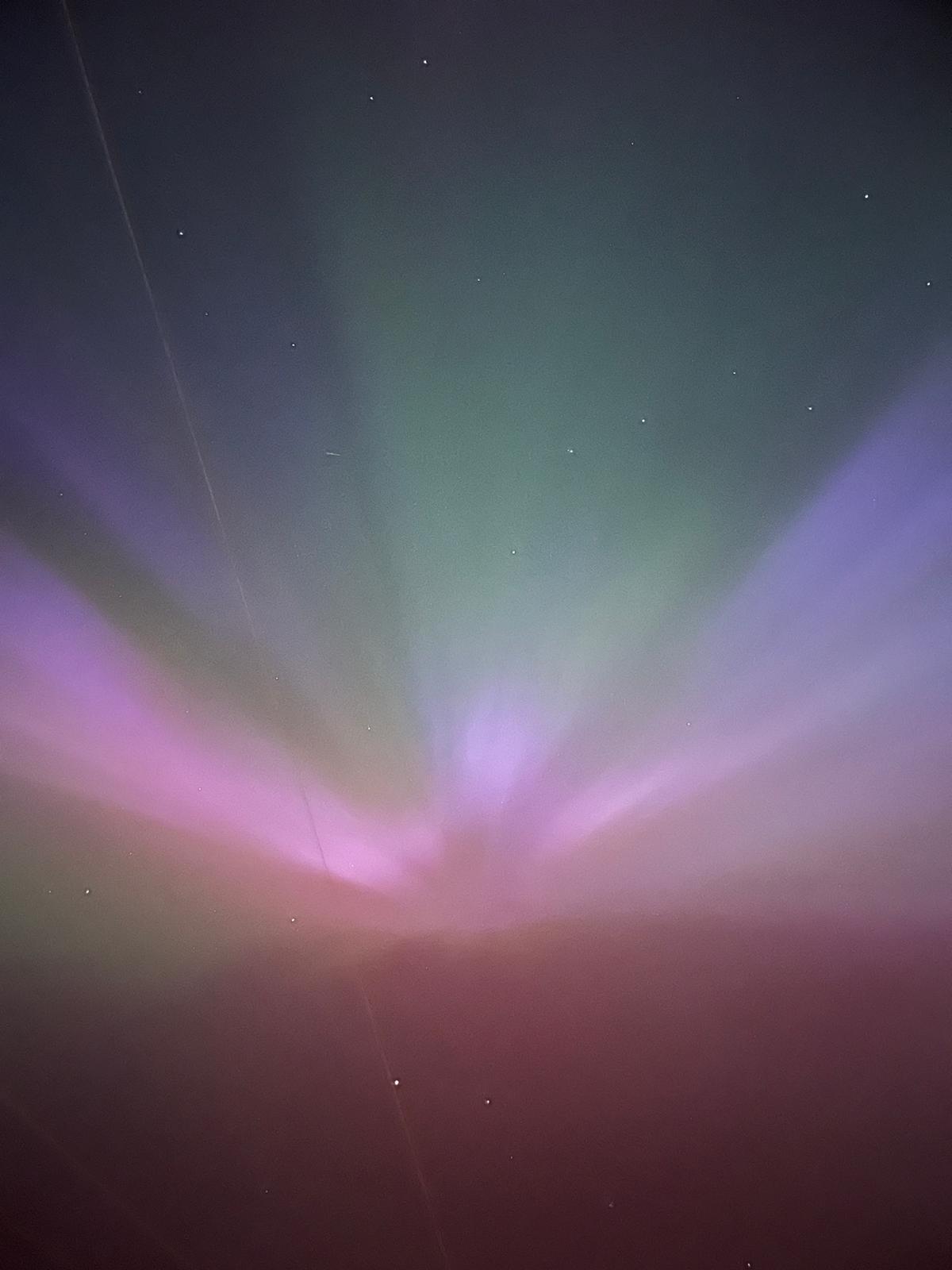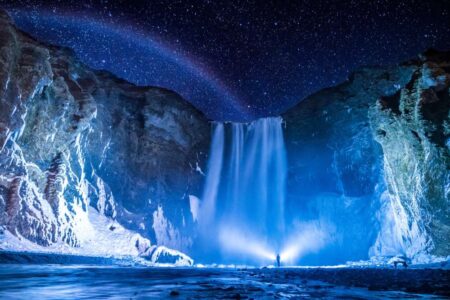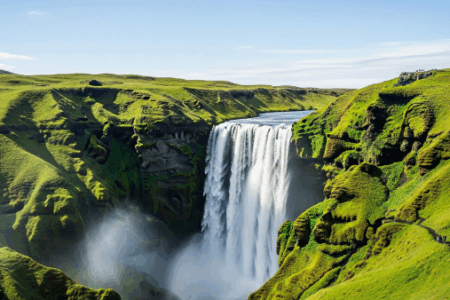Greetings, Aurora Hunters! If you’ve been keeping an eye on the news or scanning the skies recently, you might have noticed something extraordinary—a surge in Aurora sightings in places where these dazzling displays are rarely seen, such as the UK, the US, and parts of southern America.
At Aurora Nights, we’re here to shed light on this intriguing phenomenon, explore what’s causing this uptick in sightings, and share tips on how you can increase your chances of witnessing the Northern Lights from your own backyard.

What’s Behind the Increase in Aurora Sightings?
The recent increase in Aurora sightings in regions far from the polar circles has left many sky-watchers in awe. But what’s driving this change? The answer lies in the sun’s activity. We are currently approaching a period known as the Solar Maximum, a peak in the sun’s 11-year cycle of activity. During this time, the sun unleashes an increased number of solar flares and coronal mass ejections (CMEs), which send charged particles hurtling towards Earth. When these particles collide with our planet’s magnetic field, they create the spectacular light displays known as the Aurora Borealis in the Northern Hemisphere and the Aurora Australis in the Southern Hemisphere.
Why Are Auroras Appearing in Uncommon Areas?
Typically, the Northern Lights are confined to high-latitude regions close to the Arctic Circle. However, the heightened solar activity associated with the Solar Maximum can cause the Auroral Oval—the ring around the poles where Auroras are most commonly seen—to expand. This expansion allows the Auroras to be visible much further south than usual. Thus, regions like the UK, the northern US, and even parts of southern America are experiencing the magic of the Aurora Borealis.
How to Increase Your Chances of Seeing the Aurora:
1. Stay Informed
- Keep an eye on space weather forecasts. Websites like SpaceWeather.com and apps like My Aurora Forecast provide up-to-date information on solar activity and Auroral predictions.
2. Find a Dark Spot
- Light pollution can diminish the visibility of the Auroras. Seek out rural areas away from city lights for the best viewing experience.
3. Check the Weather
- Clear skies are essential for Aurora viewing. Be sure to check local weather forecasts and choose a night when the skies are expected to be clear.
4. Look North
- In the Northern Hemisphere, the Auroras typically appear in the northern part of the sky. Find an unobstructed view to the north and be patient.
5. Stay Up Late
- Auroras are usually most visible between 10 PM and 2 AM. Plan for a late night and bring warm clothing to stay comfortable.
6. Be Prepared
- Bring a camera with manual settings to capture long-exposure shots of the Auroras. A tripod will help keep your camera steady for the best photos. Newer smartphones have cameras that are capable of this, so a professional camera is not always required. For more tips, take a look at our guide on photographing the northern lights.

Conclusion:
The surge in summer Aurora sightings is a rare and exciting opportunity for sky-watchers across the UK, the US, and parts of southern America. As we approach the Solar Maximum, the chances of witnessing these magical displays increase. At Aurora Nights, we are thrilled to share this cosmic wonder with you and hope that these tips help you experience the Northern Lights in all their glory. So, if you hear whispers of Auroras dancing near you, grab your coat, head outside, and look to the skies for a night of unforgettable beauty.
Stay tuned to Aurora Nights for more insights, tips, and updates on all things Aurora. Happy sky-watching! Or, if you wish to book a trip to the Nordics to see this magical phenomenon, check out our packages and make your Aurora dream come true.







